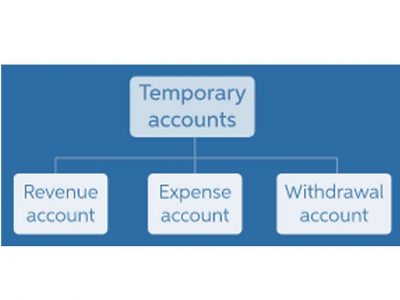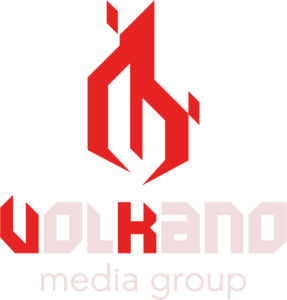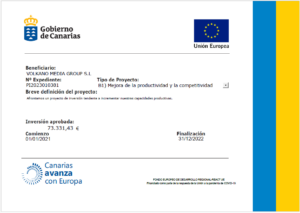
Overhead refers to the ongoing business expenses not directly attributed to creating a product or service. It is important for budgeting purposes but also for determining how much a company must charge for its products or services to make a profit. In short, overhead is any expense incurred to support the business while not being directly related to a specific product or service. Another allocation strategy is the use of predetermined overhead rates, estimated before the production period starts, to assign costs based on expected activity levels. This can be useful in setting prices and budgets with forward-looking estimates, though it requires adjustments to reconcile estimated and actual costs at period-end. An alternative approach involves allocating overhead costs based on machine hours.
How to Calculate Manufacturing Overhead Costs
For instance, some of your overhead is indirectly connected with creating your product—such as the cost of kitchen utilities. Other specific overhead is a result of back office tasks—like accounting, payroll, and general business administration. Overhead expenses relate directly to the product or service the business produces, but not to one specific project.
Rent and Utilities

The company engaged a consulting firm to help them find out what factors were driving up manufacturing costs. By looking at the historic data on employee timesheets and purchasing costs, the firm was able to understand the areas that were increasing the total manufacturing costs. Accurate cost calculation helps companies identify the processes or materials that are driving up manufacturing costs and determine the right pricing of products — the keys to remaining profitable. Cloud computing has transformed the way manufacturers handle data storage and software applications. A cloud-based MES platform, like Next Plus, affords manufacturers the flexibility to scale operations up or down as needed without significant upfront investment in hardware or infrastructure.
Track Costs With One-Click Reports
By understanding the difference between fixed and variable costs, businesses can make better decisions about pricing, production planning, budgeting, and accounting and financial reporting. By understanding the difference between direct and indirect costs, businesses can make better decisions about pricing, cost reduction, and accounting and financial reporting. The rent, utilities, and insurance for the factory are indirect costs, because they cannot be directly traced to the production of each t-shirt. These costs are necessary for the overall operation of the factory, but they cannot be directly traced to each unit of production. Manufacturing overhead costs impact pricing strategy and profitability by adding to the total production costs, which must be accounted for in the product pricing to ensure profitability.


By following these tips, manufacturers can overcome the challenges of managing manufacturing overhead and improve their profitability. The cost of the cotton fabric and thread are variable costs, because they change in proportion to the number of t-shirts that are produced. is shipping cost manufacturing overhead The more t-shirts that are produced, the more cotton fabric and thread that will be needed. The distinction between fixed and variable costs is important for several reasons. Fixed costs are costs that remain the same regardless of the level of production or activity.
- If you have a large number of products with different overhead consumption patterns, then ABC may be the best option for you.
- This method of classifying overhead costs goes by the definition of overheads.
- Manufacturing overhead is an expense that indirectly correlates to a facility’s production.
- These are indirect production costs other than direct material, direct labor, and direct expenses.
- Here’s an interesting case study on how manufacturing cost analysis helped a steel manufacturing company save costs.
- In this method, you use the cost of direct material as the measure for determining the absorbed overhead cost.

In addition to the above reasons, it is also important for manufacturers to understand and manage manufacturing overhead in order to comply with accounting standards. Generally Accepted Accounting Principles (GAAP) require manufacturers to allocate manufacturing overhead costs to products in a systematic and rational manner. Utilities such as natural gas, electricity, and water are overhead costs that fluctuate with the quantity of materials being produced. The might increase or decrease depending on the demand for the product in the market. Since their usage isn’t constant, they’re included as variable overhead costs. Accountants calculate this cost for the whole facility, and allocate it over the entire product inventory.
As per this method, you charge overheads to production based on the number of machine-hours used on a particular job. Such a method is useful to calculate the overhead rate for operations that do not make use of large machinery. In this method, you use the cost of direct material as the measure for determining the absorbed overhead cost.
- Variable costs increase and decrease with a company’s production volume.
- Keeping track of tax deductions quickly becomes routine, once you’re familiar with what can and can’t be deducted.
- Let’s define manufacturing overhead, look at the manufacturing overhead formula and how to calculate manufacturing overhead.
- We all want the newest and coolest things as often as we can get them, but sometimes tried-and-true existing resources can go further than we think.
- Accordingly, the overhead costs can be classified into fixed, variable, and semi-variable costs.
- Other than the direct costs, there are also indirect costs, such as factory rent, utilities, general maintenance expenses, and indirect labor.
- However, a higher rate may suggest your production process is experiencing delays or inefficiencies.





